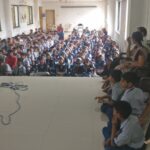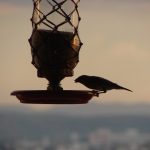In Search Of The Lost World Of House Sparrows
Today lot of people, who have become aware from the environment perspective, are struggling to find the answer to one of the many questions “Where the, otherwise abundant, House Sparrows have gone?”
Though the answer to this question is not that straightforward, we would like to put some facts below.
Just like human do, House Sparrows also have a predefined set of fundamental needs and activities to perform. They also need food, they also need a shelter, they also need a safe place to build their home (nest) for their kids (nestlings), they need material to build the nests, they also need water for drinking and bathing, more over they need soil to perform soil bath.
We did study tours to few villages where House Sparrows are ‘still’ surviving and visits to some places within city. The pictures below tell the whole story and also help to keep the long story short.
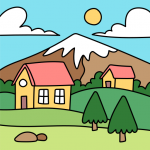
In The Villages...
Villages still have some favorable environment for House Sparrows.
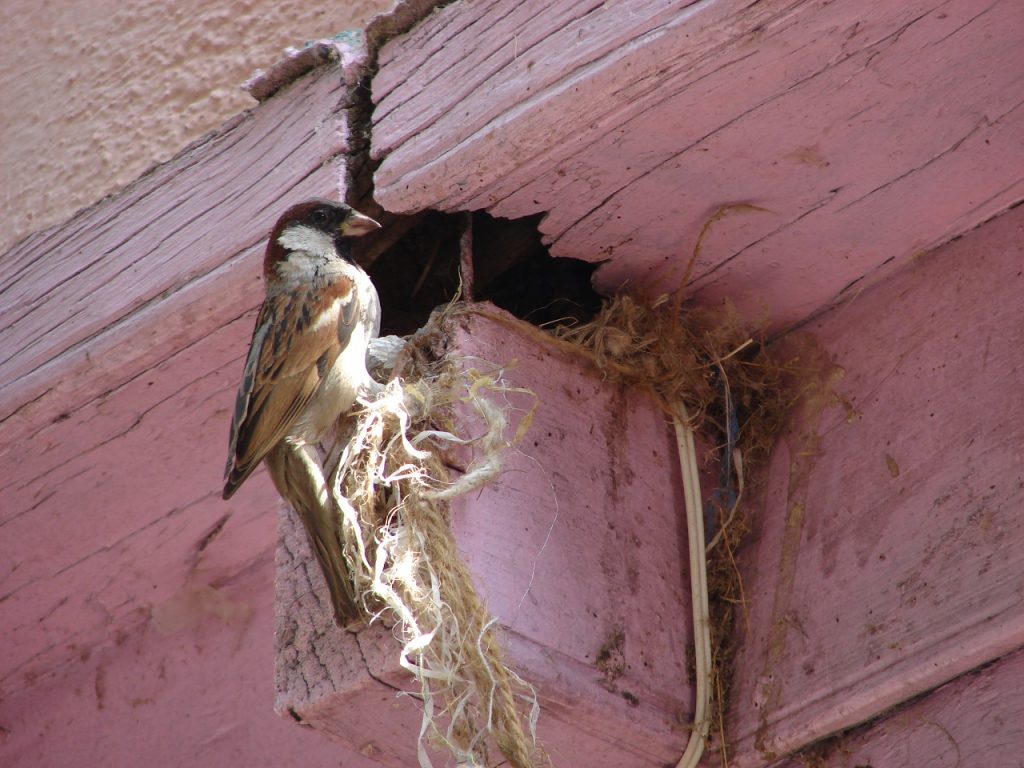
Nesting
Material used: Grass, Twigs, Cotton, Jute, etc.
Locations: Holes in the walls, gaps between the tin sheet/Asbestos/Tile roof and the wall, gaps between wall and the drain pipe bents, wooden pillar joint holes, etc.
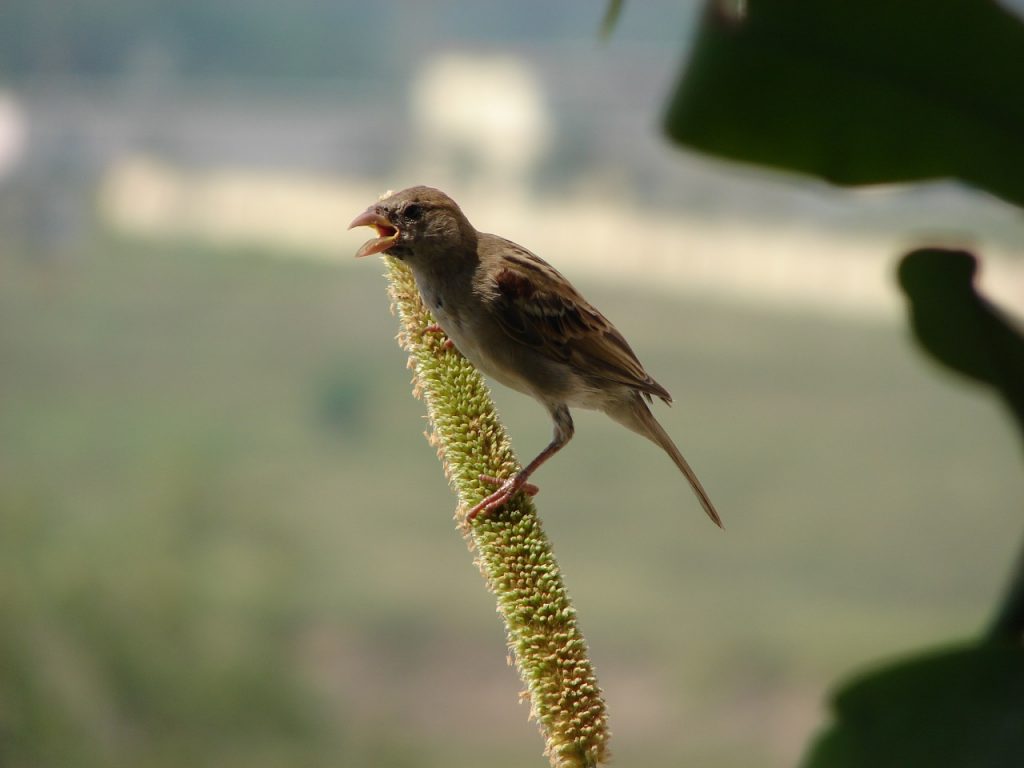
Feeding
Their natural food is, different types of grains, larva in the crops, other insects. However, even in the villages, increased use of chemical pesticides and chemical fertilizers is destroying the natural food that House Sparrows used to get in the past.
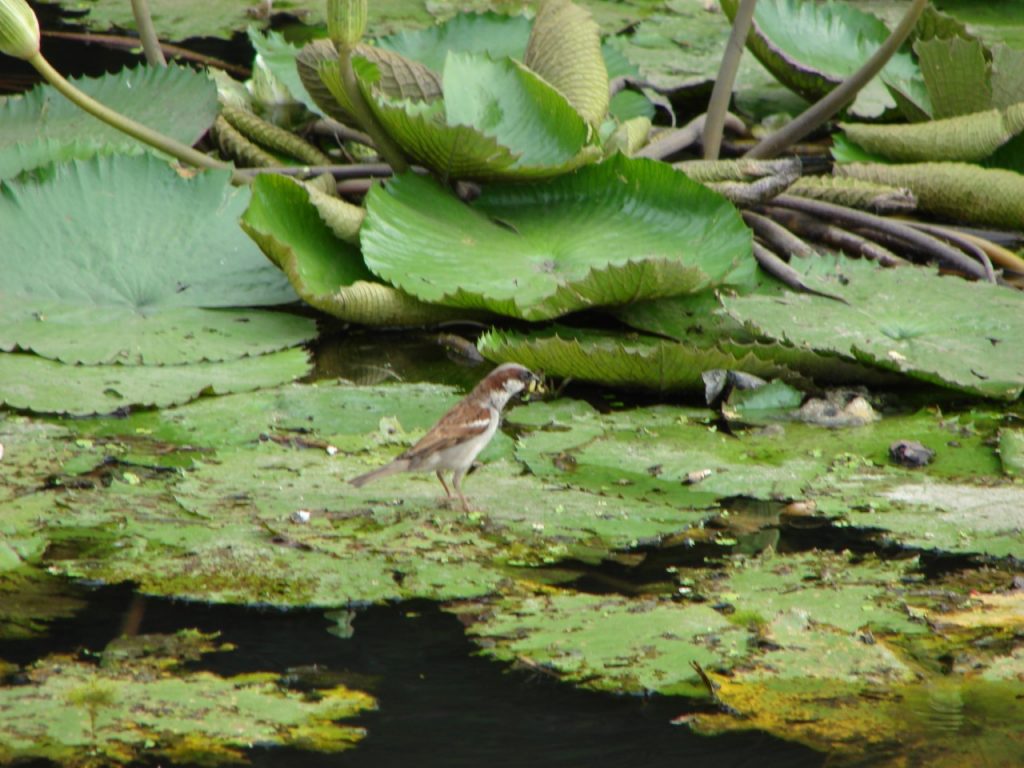
Water
Natural sources of shallow drinking water and food at every footstep help them consume water and food as needed. They also enjoy bathing in the shallow waters.
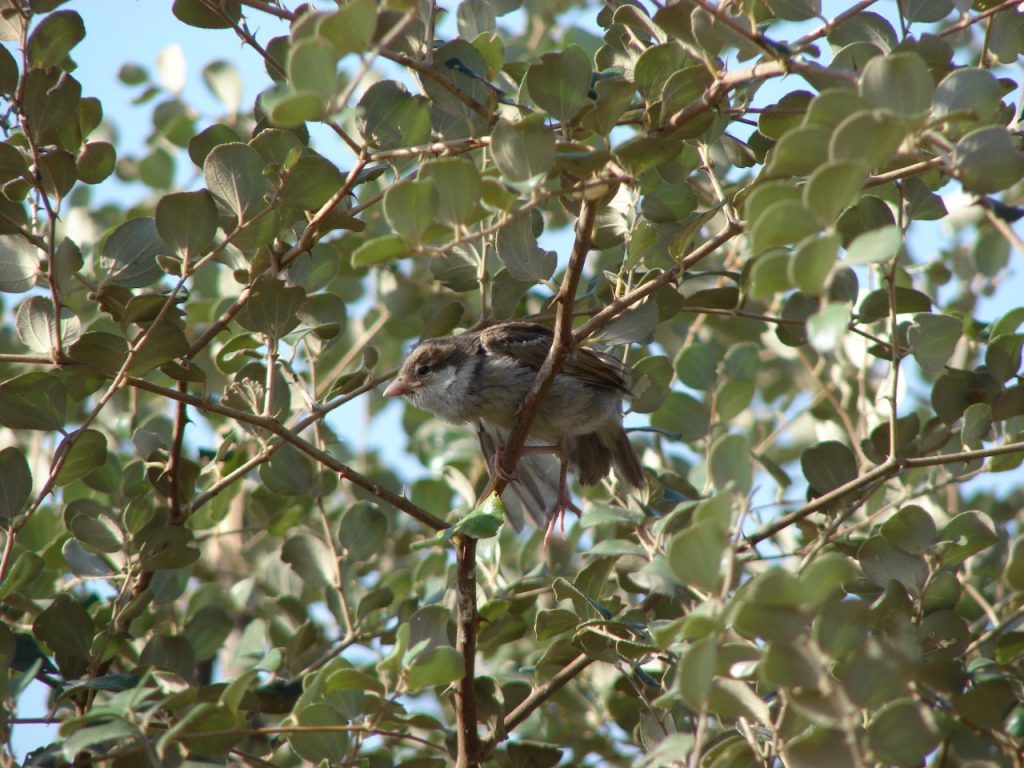
Roosting
Roosting place is basically a resting place during afternoon and night time. Sparrows prefer hedges and dense trees like Babul (Acacia nilotica), Ber Tree (Zyzyphus mauritiana), Fragrant Manjack (Cordia dichotoma), etc. commonly available in villages. They protect them from predators like Shikra, they also protect them from extreme sunlight and heat.
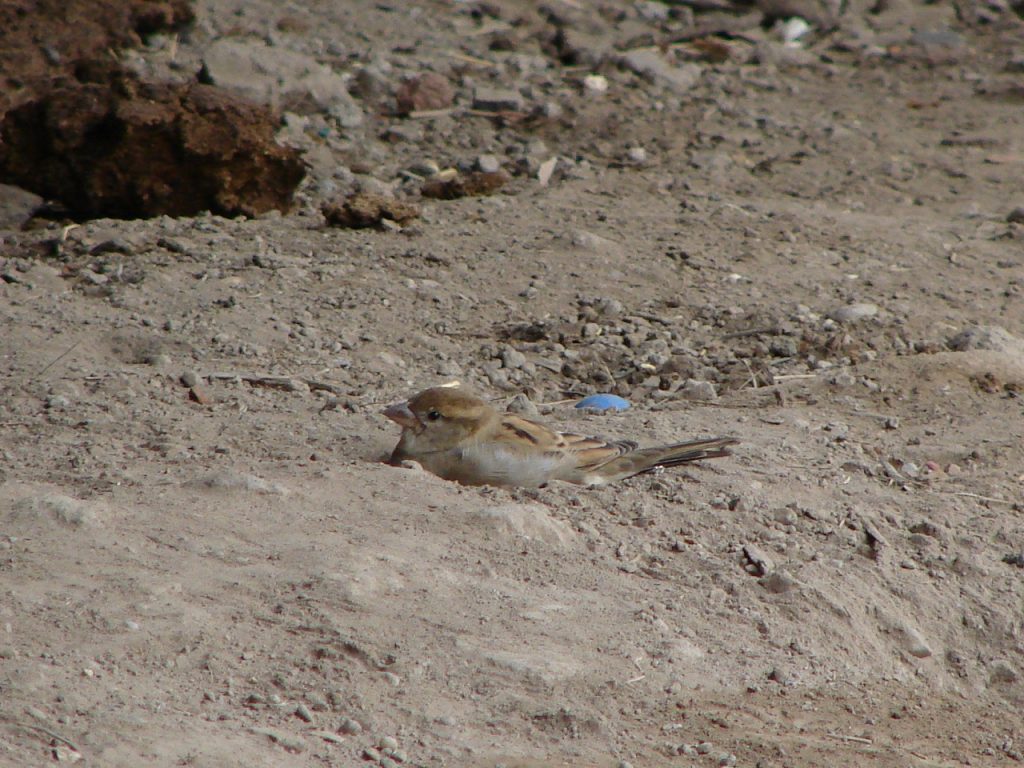
Soil Bath
Soil Bath or Dust Bath is one of their favorite activities. It keeps their feathers from becoming greasy allowing more aerodynamic flight. It also helps keeping feather mites and other parasites away. Due to the rubbing by the soil, the dry skin and other debris also get removed from the body and feathers.

In The Cities...
In the cities, House Sparrows are facing many challenges to get above things as illustrated below.

Nesting
With the concept of ‘outer’ cleanliness in our so called ‘posh’ cities, House Sparrows does not get the required material for building nests. The types of construction we do, they cannot find any cavities to select the location for their nests. Some of us install wooden nests. This is a good thought but is non-sustainable. We cannot keep running this system the way nature runs – cyclically and indefinitely.
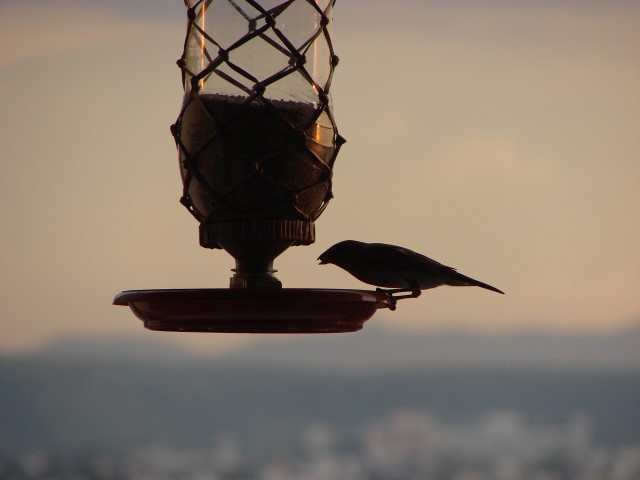
Feeding
In the cities, out of sympathy and love, some of us try to provide food grains using such feeders. This option is again not sustainable for many reasons – initially we show the enthusiasm to fill the feeder regularly, later on we become ignorant. Even if we follow it religiously we cannot assure indefinite supply as the nature does. The food grains we provide are full of chemicals due to the chemical pesticides and chemical fertilizers used. Some of us even try to provide cooked food like rice, chapati. Remember such food is not their natural habit. Their fledglings require caterpillars, larva and other smooth food, as they cannot break hard grains with their delicate beaks. But it has become very difficult for their parents to find such food anywhere.

Water
They do not find natural sources of water for drinking or for bathing anywhere in the cities. Keeping artificial water sources is a humanity however filling them infinitely is a responsibility which we generally forget after few days of installation of pots.

Roosting
In the cities, we have not kept any natural hedges, trees like Babul and Ber, not even at least at different short intervals that can help them keep hopping safely from one place to another, to have some rest during afternoon and night time. All we have is metal compounds, cement walls that are useless for them.

Soil Bath
In the cities, we have covered every place either by cement roads, tar roads, cement blocks thus not keeping any place for them for the Soil Bath.
Overall, destruction of their natural habitats – due to pollution, encroachment, over-cleanliness, food poisoning due to chemical pesticides and chemical fertilizers, cavity-less constructions, deforestation, etc. is the root cause of House Sparrow population decline in the cities. They will not survive just by providing them food through feeders and by providing artificial nests due to long term non-sustainability.
As seen above, there is a whole natural cycle that needs to be fulfilled. Instead of providing artificial solutions for them to survive, we should be less selfish ourselves and try to spare natural habitats for them. That does not mean we create island like habitats, for example, gardens and parks and keep waiting, without any results, for House Sparrows to come back.
Rather our lifestyle should be such a way that House Sparrows would prefer to be around us. What if our homes will be inside natural habitats instead of natural habitats being restricted in pockets inside the cement-concrete jungles?
Related: Study of House Sparrows





